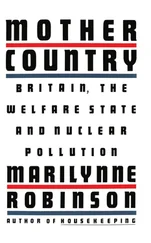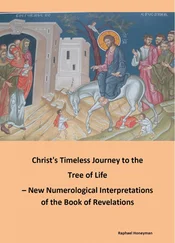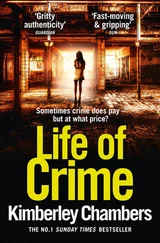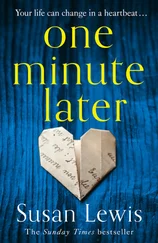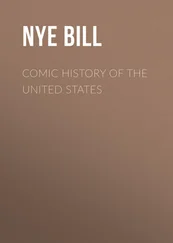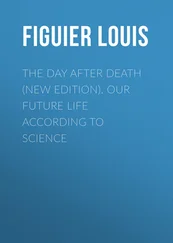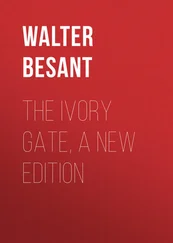Even so, it added, the choice should not be finally determined at eleven. At thirteen or even later there should be facilities for transfer, and ‘if the choice is to be a real one, it is manifest that conditions in different types of school must be broadly equivalent’. Grammar schools, the paper acknowledged, enjoyed at the time a prestige which ‘completely overshadows all other types of school’. Equal treatment was needed: though it has to be added that quite how the schools were meant to become equally valued when the Spens report of 1938 had estimated that a mere 15 per cent of secondary school pupils would go to grammars was not explained.
The White Paper went on to say that while grammars, secondary moderns and technical schools would indeed be the main types, ‘it would be wrong to suppose that they will necessarily remain separate and apart. Different types may be combined in one building or on one site … in any case free interchange of pupils from one type of education to another must be facilitated.’ Diversity, it also stated, ‘must not impair the social unity within the educational system which will open the way to a more closely knit society and give us the strength to face the tasks ahead’. So even in the coalition White Paper, education was also seen as a means of social engineering. Butler himself had some sympathy for the idea of multilateral schools. He once told Ede he was ‘more in favour of it than any of us’. 20But he saw them as an addition to the variety. His real aim, never to be achieved, was ‘social equality in the secondary schools of various types’, 21a view many Labour MPs and councillors shared at the time. 22
In practice, despite the White Paper, the eleven-plus became a competitive exam and transfer between schools after eleven a rarity. Technical schools, left in the hands of local authorities to organise, never took off; at most they educated 2 per cent of the school population. This third leg of Butler’s tripod, as Barnett puts it ‘the one that might have fostered a technological national culture in place of a literary one … was simply never built’. The secondary modern school, ‘though greatly expanded in numbers in the postwar era, was to remain in the eyes of parents and children alike a mere educational settling-tank for academic failures’. How could it be otherwise ‘with staff of inferior quality to that in the grammar school, with resources per child barely a third of those enjoyed by the grammar school, and with no examination specifically designed for its pupils but instead only the highly academic General Certificate of Education formulated by university examining boards for the benefit of the bookish?’ 23
Any assessment of Butler’s Act, however, must concur with Harold Dent’s judgement: for all that it did not provide everything it was ‘the greatest measure of educational advance since 1870, and probably the greatest ever known’. That is not incompatible with one of Butler’s drier judgements on his own handiwork, that it essentially codified best existing practice. 24In resolving some issues, his Act ducked others, leaving open ground that in years to come was to be fought over with all the vehemence of the religious issue that the Act finally settled.
CHAPTER 6
Bevan – Health
The health of the people is really the foundation upon which all their happiness and their powers as a state depend.
Benjamin Disraeli, 1877
This is the biggest single experiment in social service that the world has ever seen undertaken.
Aneurin Bevan, 7 October 1948
In the case of nutrition and health, just as in the case of education, the gentlemen in Whitehall really do know better what is good for the people than the people know themselves.
Douglas Jay, 1937
The Emergency Hospital Scheme was in the short run the financial salvation of the voluntary hospitals, but in the longer term proved a major factor in their post-war nationalization. The scheme illuminated the enormous financial deficiencies of the voluntary hospitals and gave to the public hospitals a more prominent place in the hospital system. For the first time, many of the wealthier and more highly educated members of society became patients in public hospitals and were distressed and eager to reform what they had seen and experienced. Likewise, doctors serving under the EHS had to serve in all kinds of hospitals and were often shocked at what they saw.
Dr Gordon Macpherson in BMA, Health Services Financing, p. 32.
It was the first health system in any Western society to offer free medical care to the entire population. It was, furthermore, the first comprehensive system to be based not on the insurance principle, with entitlement following contributions, but on the national provision of services available to everyone. It thus offered free and universal entitlement to State-provided medical care. At the time of its creation it was a unique example of the collectivist provision of health care in a market society.
Rudolf Klein, The Politics of the NHS, 1983, p. 1
Medical provision before the war depended upon a primitively unstable mixture of class prejudice, commercial self-interest, professional altruism, vested interest, and demarcation disputes.
Arthur Marwick, British Society Since 1945, p. 49
IMPLEMENTATION OF Butler’s Act was to fall to Labour. But the issue which was to cause the biggest welfare state row immediately after 1945 was not to be education, Beveridge’s social security plan, or even housing, though that too was to see its fair share of controversy. It was the National Health Service that took the lion’s share of the headlines, despite proving the most enduring of the 1945 Labour Government’s achievements.
Labour’s 146 majority was the biggest ever known, outstripping by two even Margaret Thatcher’s 1983 victory. Labour MPs horrified the Tories by singing ‘The Red Flag’ in the Commons chamber, and into government came Aneurin Bevan: one of Labour’s great saints or sinners, depending on which part of his career is in view at the time and which section of the Labour Party is making the judgement. He was Attlee’s biggest gamble as a ministerial appointment, one of only two Cabinet ministers who had not served in the wartime coalition. ‘A stormy petrel’ with ‘a magic all of his own’ in the words of Kenneth Morgan, who judged him to be ‘the most hated – if also the most idolized – politician of his time’. The forty-five-year-old ex-miner, however, proved himself at the Ministry of Health to be ‘an artist in the uses of power’. 1
In the 1930s he had been expelled from the party for advocating a popular front. During the war he was a running rebel on the back-benches and was almost expelled again, Churchill once condemning him as ‘a squalid nuisance’. 2Macmillan fondly remembered him as an ‘uncontrollable star – perhaps almost a comet’, a man who ‘could not forget and never wanted to forget the sufferings he had seen in the mining valleys of South Wales’. He judged him ‘in many ways the most brilliant and the most memorable of them all’ – the ‘all’ being the 1945–51 Cabinet to which Macmillan gave the accolade of ‘one of the most able Governments of modern times’. 3Just as Butler is remembered for his Education Act, Bevan’s name will always be associated with the NHS.
On 26 July, the day the election result was announced, the British Medical Association was meeting in the Great Hall of BMA House in Tavistock Square, a massive, neo-classical, red-brick building originally designed by Sir Edwin Lutyens for the Theosophical Society with the Great Hall as its temple. The Society had been unable to afford the mighty edifice which came to symbolise all the self-important solidity the medical profession felt was its right – a building where as late as the 1930s the clerical staff were under instruction not to share the lift with the great London consultants who arrived to do their business in top hats and frock coats. 4
Читать дальше
![Nicholas Timmins The Five Giants [New Edition]: A Biography of the Welfare State обложка книги](/books/701739/nicholas-timmins-the-five-giants-new-edition-a-cover.webp)
